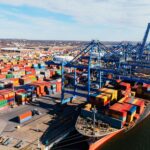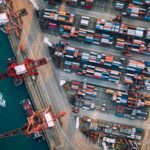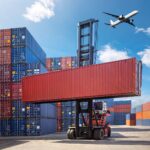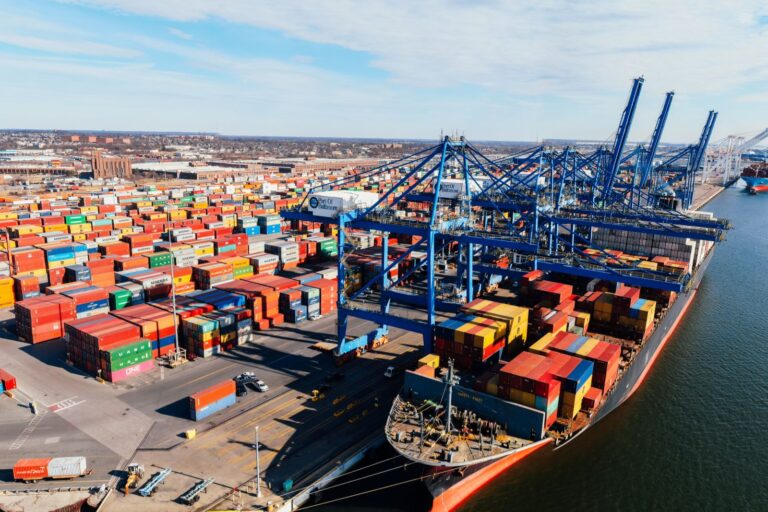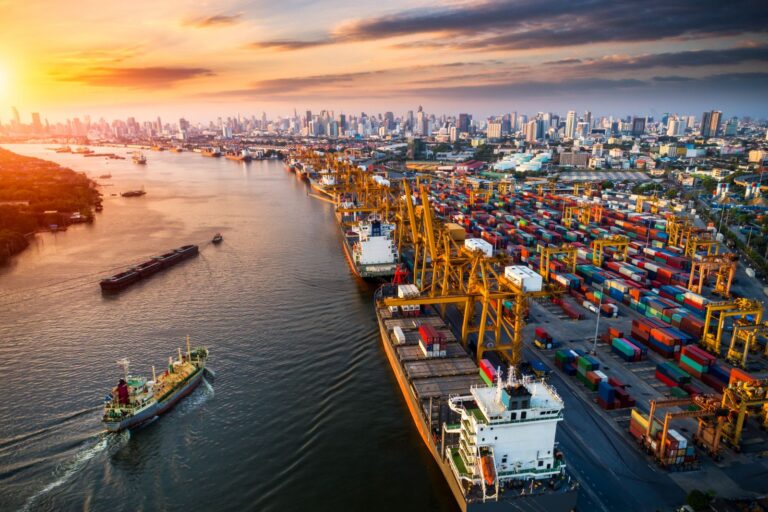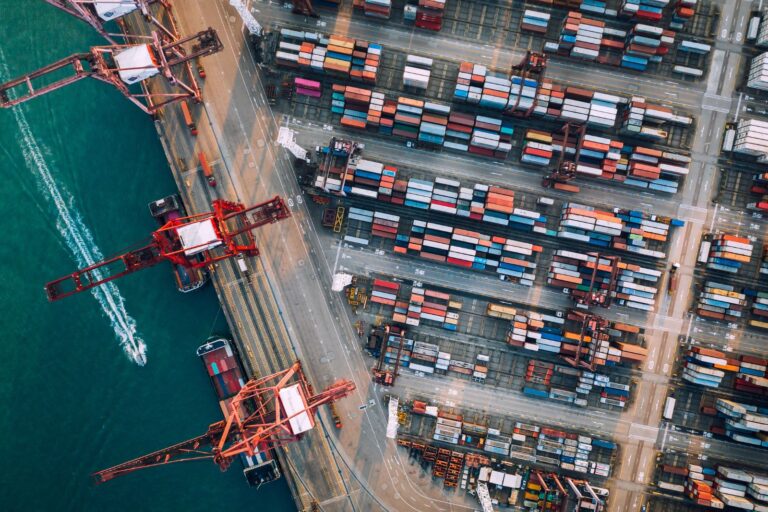The global construction industry relies heavily on the smooth flow of materials to keep projects on track. From steel and timber to tiles, cement, and specialised equipment, contractors often source supplies from overseas to reduce costs or access higher-quality products. But managing the process of construction materials import can be challenging without expert guidance.
Businesses face complex regulations, customs duties, fragile supply chains, and strict delivery schedules. A single delay can stall entire projects, leading to financial loss and frustrated stakeholders. That’s why a structured, reliable logistics plan is essential.
With the right import strategy, construction companies can save time, reduce costs, and gain a competitive edge. Industry experts like EGL – Emerald Global Logistics provide tailored solutions that simplify importing, ensuring that materials arrive safely, efficiently, and on time.
This guide will walk you through everything you need to know about construction materials import, including benefits, costs, step-by-step processes, and best practices.
Why Construction Materials Import Matters
Meeting Industry Demands
The construction sector is growing globally, with rising demand for affordable and high-quality materials. Importing ensures access to:
- Cost-effective options from overseas suppliers.
- Specialised materials not available locally.
- Bulk shipments that support large-scale projects.
Supporting Infrastructure Growth
From residential projects to commercial skyscrapers, imported materials play a key role in meeting modern building standards.
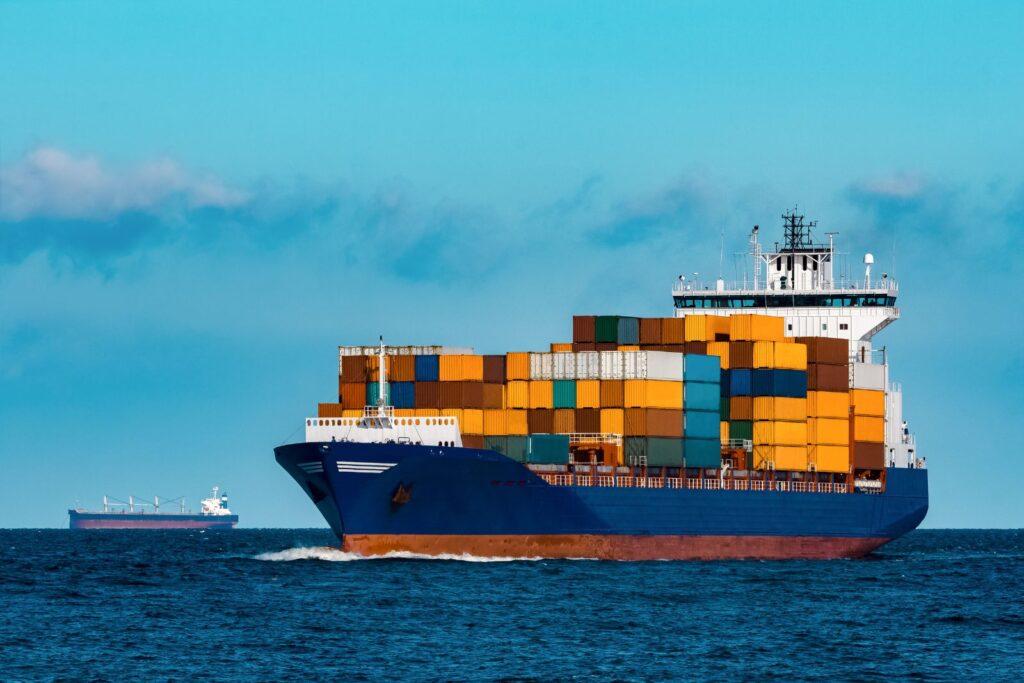
How Construction Materials Import Works
Importing materials involves several critical steps.
Step 1: Supplier Selection
Identify reliable international suppliers for materials like steel, cement, or tiles.
Step 2: Documentation and Compliance
Prepare import permits, invoices, and certificates of origin.
Step 3: Shipping and Transport
Choose between sea freight for bulk loads, or air freight for urgent deliveries.
Step 4: Customs Clearance
Ensure smooth clearance with accurate paperwork and duty payments.
Step 5: Local Delivery
Transport materials from ports to construction sites.
At EGL – Emerald Global Logistics, these steps are managed seamlessly, helping construction firms focus on project delivery while we handle the logistics.
Benefits of Construction Materials Import
- Access to diverse materials: Sourcing globally broadens options.
- Competitive pricing: Reduce costs by leveraging global suppliers.
- Improved project timelines: Secure supply chains reduce downtime.
- Quality assurance: Source high-grade materials unavailable locally.
- Scalability: Support small, medium, and large construction projects.
Costs and Pricing Insights
The cost of construction materials import depends on:
- Type and volume of materials.
- Shipping method (sea freight is cost-effective, air freight is faster).
- Customs duties and taxes.
- Packaging and handling needs.
- Port and inland transportation fees.
Bulk shipments typically lower per-unit costs, making sea freight the preferred choice for large-scale construction imports.
Best Practices for Importing Construction Materials
- Work with trusted logistics providers to avoid delays.
- Plan ahead for customs clearance to prevent penalties.
- Use proper packaging for fragile items like tiles or glass.
- Track shipments with digital solutions for transparency.
- Diversify suppliers to reduce dependency risks.
Common Mistakes to Avoid
- Incomplete or incorrect import documentation.
- Choosing suppliers without verifying quality standards.
- Underestimating customs duties and hidden costs.
- Not considering storage or warehousing needs.
- Relying solely on cost instead of reliability.
Use Cases in Construction Materials Import
- Residential projects: Importing timber and fixtures for housing.
- Commercial projects: Steel and glass for office complexes.
- Infrastructure: Cement, machinery, and bulk steel for highways and bridges.
- Retail fit-outs: Tiles, lights, and decorative materials for shopping centres.
At EGL – Emerald Global Logistics, we provide custom solutions to help businesses in Australia and beyond secure reliable access to the materials they need for successful projects.
FAQs on Construction Materials Import
1. What documents are required to import construction materials?
You typically need invoices, packing lists, import permits, and certificates of origin.
2. Which transport mode is best for importing materials?
Sea freight is ideal for bulk shipments, while air freight works for urgent or lightweight materials.
3. How can I reduce costs in construction materials import?
By consolidating shipments, using bulk orders, and working with experienced logistics providers.
4. Are there restrictions on importing certain materials?
Yes, some items may require special permits or meet environmental regulations.
5. Why should I use EGL for importing materials?
EGL offers expertise, global networks, and customised logistics solutions that ensure safe, timely deliveries.
Conclusion
Efficient construction materials import is the backbone of modern infrastructure and building projects. With the right logistics partner, businesses can access high-quality materials, reduce costs, and streamline delivery schedules.
At EGL – Emerald Global Logistics, we specialise in tailored solutions that simplify the complexities of importing construction supplies. Our expertise ensures your materials arrive safely and on time, keeping your projects on track.
👉 Contact us today to streamline your construction imports and strengthen your supply chain.

